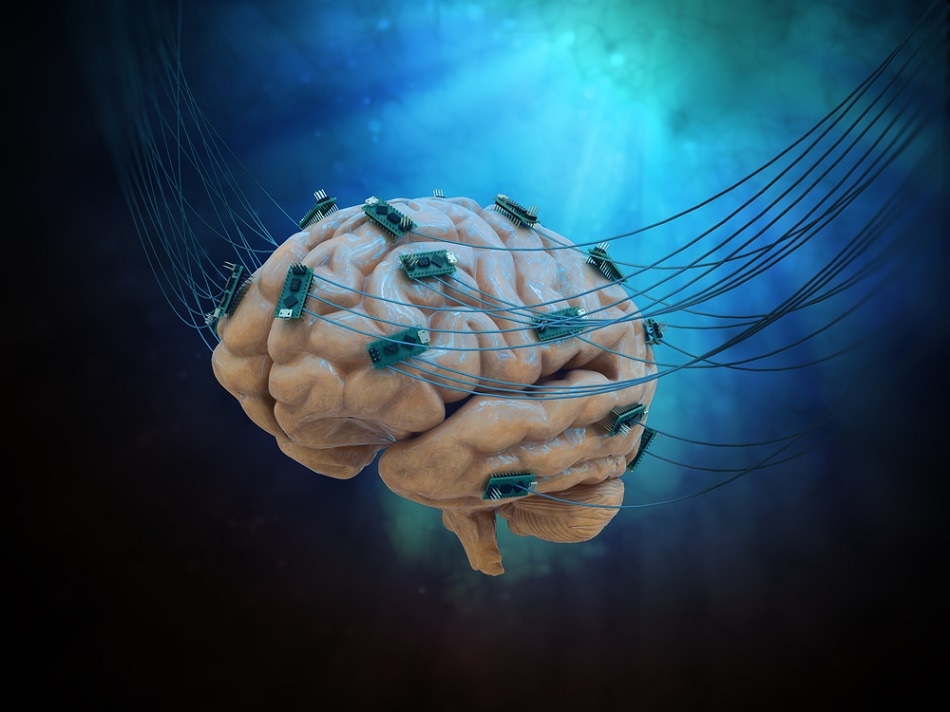Aug 25 2016
 Image Credit: Mopic/Shutterstock.com
Image Credit: Mopic/Shutterstock.com
Nature Publishing Group recently published an innovative study illustrating the benefits obtained from long-term training with Brain Machine Interfaces (BMI) on patients who have suffered a spinal cord injury (SCI).
The study titled “Long-Term Training with a Brain-Machine Interface-Based Gait Protocol Induces Partial Neurological Recovery in Paraplegic Patients” was executed by a global group of scientists headed by the Duke University neurobiologist Miguel Nicolelis. The study highlights that it is never too late to start intensive therapy.
The Walk Again Neurorehabilitation (WA-NR) protocol is a 12-month training program attended by eight patients with chronic paraplegia, who have been totally paralyzed for 3 to 13 years. These participants initially learned how to monitor a 3D avatar on a screen by imagining moving their legs and arms.
In the stages that followed, they also learned how to monitor a robotic gait trainer in a similar manner. The last stage covered gait training using a brain-controlled robotic exoskeleton. The eight patients were also trained for several hours with a conventional robotic gait trainer throughout the entire study period.
Finally Giving Proof to a Well-known Fact in Leading Rehabilitation Centers
The results provide strong scientific evidence to the long-established and experience argumentation of key rehabilitation centers that the exact, intensive collaboration of robotic and conventional movement therapy will lead to major advancements in the recovery of patients.
The patients who participated in the study earlier failed to exhibit motor or sensory functions below the level of injury. They started to exhibit signs of motor recovery after seven months, and this recovery stabilized towards the end of the treatment.
Patients started to walk more independently, and they also showed improvements in skin condition and gastrointestinal function.
Such studies provide a ray of hope in patients with neurological conditions and also establish the fact that medical technology companies developing solutions to promote neuroplasticity are also on the right track. Brain Machine Interfaces when combined with other therapies will help enhance the existing therapy standards.
It’s Not a Miracle
We are really pleased that more and more studies like this are conducted and published. After the American heart/stroke association (AHA/ASA) already officially recommended the positive effects of robotic therapy for patients with stroke earlier this year, this study confirms reports and feedback we receive on a daily basis from our clinical partners. While media often speaks about ‘a miracle in recovery,’ we know that these are not miracles. The better the patient’s outcome, the better is the mix of intensive therapy with advanced technologies. All of them are based on principles of physiology and motor learning.
Dr. Gery Colombo, CEO of Hocoma
In 2010, Samuel Koch, from Germany, severely injured his spinal cord on live television. The tetraplegic was told that robotic gait training with the Lokomat will be of no help to him. Just a few months ago, Koch was able to access the regular Lokomat training and also reported to the newspaper Darmstädter Echo: “Since I started training on the Lokomat, my body awareness has significantly improved. While walking in the Lokomat, I feel the pressure of my entire sole walking on the treadmill and surprisingly even my left shinbone.”
Hocoma operates globally with key rehabilitation centers to incorporate intensive therapy models into the daily routines of hospitals and clinics spread all over the world.
When you buy a Hocoma solution, you buy more than a product. We have dedicated service and education teams who help integrate advanced technologies into your clinical setting. This is crucial for success of the therapy.
Dr. Gery Colombo, CEO of Hocoma